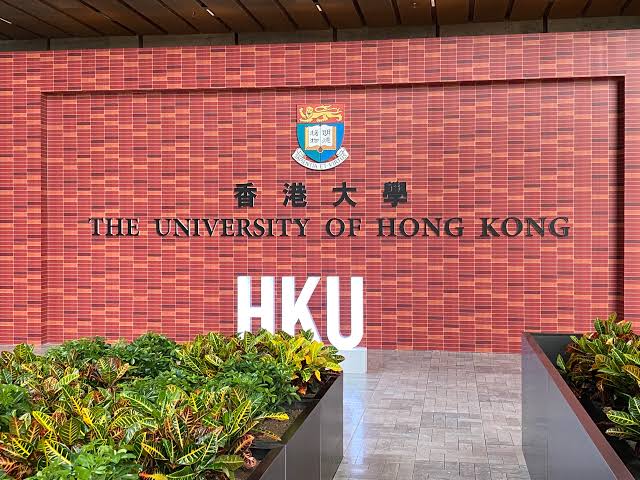The University of Hong Kong: Generative AI Tool Arrangement To Change From 20 Instructions Per Month To A Maximum Of 500,000 Words

After the University of Hong Kong initially introduced the new policy and details of the use of generative artificial intelligence tools (GenAI) in a press conference on August 3, the school recently officially sent an email to all students announcing the latest usage regulations.
Compared with the previous regulation that students can only use 20 instructions per month, the school has adjusted this standard and changed the upper limit of use to be measured by tokens. The new policy clearly states that the limit that students can use per month has been changed to 500,000 tokens.
As detailed in the email, from September 1st, students can freely use the text generation tool ChatGPT 3.5 and the image generation tool DALL·E 2. Although students can still use 20 instructions for each query topic, it should be noted that there is no upper limit for the number of queries. The main limitation is that each student’s monthly vocabulary usage should not exceed 500,000 tokens.
In order to explain this change more clearly, the school provides some basic lexical calculation references. According to OpenAI’s data, usually one to two sentences of English text can be converted into about 30 lemmas, and an English text of 1,500 words can be converted into about 2,048 lemmas. In addition, it is worth mentioning that the query operation involving image generation will consume a lot of tokens.
For some students who may not understand the concept of lexical units, the school also gave a simple explanation. When the language model is running, the system will automatically perform text segmentation, that is, decompose the original text into multiple tokens.
These lemmas usually represent the smallest unit of meaning in a text. In order to help students more easily calculate and estimate the tokens needed for their query operations, OpenAI has provided a special query tool through which students can directly obtain the results of text segmentation.
Behind this policy adjustment, it shows that the school has conducted an in-depth assessment of the needs and expectations of students using generative AI tools, and expects that through such adjustments, students can use these tools more flexibly in academic research and creation. advanced tools.
[SOURCE]





